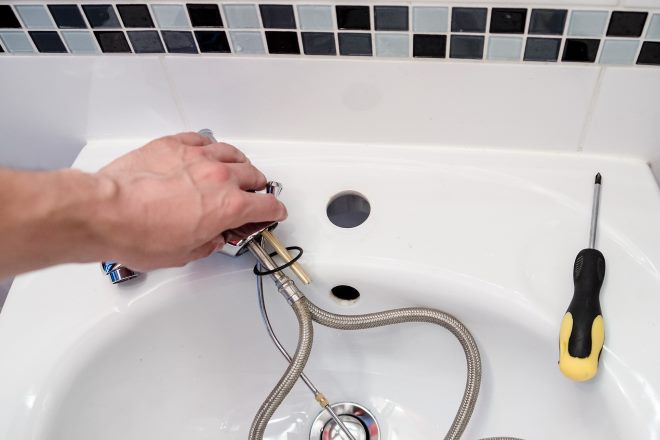“Reinventing the Wheel: The Rise of 3D-Printed Car Parts”
In the world of automotive manufacturing, the adoption of 3D printing technology is an exciting game-changer. It challenges traditional production methods, offering enhanced customization, faster production, and reduced waste. This technological shift is not without its hurdles, but its potential to revolutionize the industry is undeniable.

A Brief History of 3D Printing in the Auto Industry
The first 3D-printing process, Stereolithography, was developed back in 1984, but it wasn’t until the 2010s that the automotive industry began seriously exploring its applications. Early adopters used it primarily for prototyping parts during the design phase. However, as the technology matured, manufacturers started to see its potential for producing end-use parts, especially for bespoke or limited-edition models.
The Current State of 3D Printing in Auto Manufacturing
Today, companies like Bugatti and Lamborghini are using 3D printing to create complex parts that would be difficult or impossible to produce through traditional means. For instance, Bugatti recently showcased a 3D-printed titanium brake caliper, which is lighter and stronger than conventional alternatives.
The Impact of 3D Printing on the Auto Industry
The benefits of 3D printing in the auto industry are manifold. It allows for greater customization, as manufacturers can easily tweak designs without needing new molds or tooling. It also offers potential cost savings, as it can produce parts with less waste and without the need for expensive tooling. Moreover, it can create complex geometries that are impossible with traditional methods, opening up new possibilities for automotive design.
However, the technology is not without its challenges. The speed of production is currently slower than traditional methods, making it unsuitable for high-volume manufacturing. Additionally, there’s ongoing research on the durability and safety of 3D-printed parts, particularly for critical components.
The Future of 3D Printing in the Auto Industry
Despite the challenges, the future of 3D printing in the auto industry looks bright. As the technology continues to evolve, we can expect to see it become more prevalent, especially in the production of bespoke and limited-edition vehicles. It’s even possible that in the future, consumers could customize and print their car parts at home, marking a whole new era in automotive manufacturing.
In summary, 3D printing is shaking up the automotive industry. Its potential to transform how cars are made is immense. However, like any disruptive technology, it will need to overcome significant hurdles before it becomes mainstream. Until then, it remains an exciting development to watch, promising to bring a new dimension to the world of cars.




